Six Common Mistakes in Native Gardening
By Amy Chong
Native plant gardens are a fantastic way to attract birds and pollinators to your yard — but they’re quite different from other forms of gardening you may have done in the past. Here are six common mistakes that I’ve seen beginner native gardeners make. With a little forethought and planning, you can avoid these pitfalls and create a healthy, vibrant backyard for both you and wildlife.
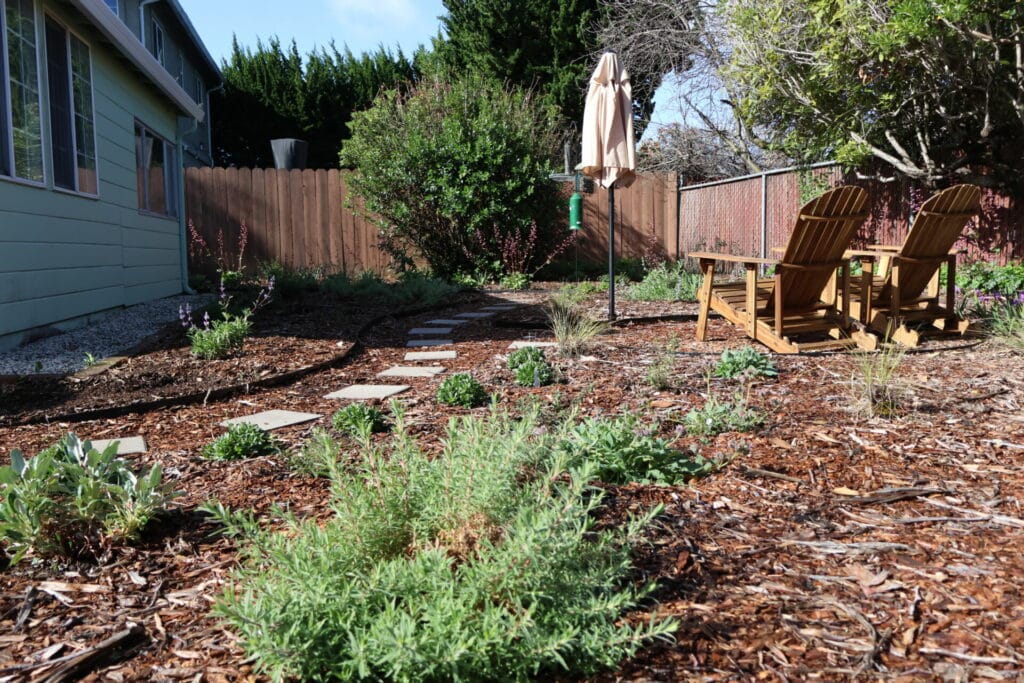
1. Planting too close to the house.
Knowing the mature size of each species before you plant it in your yard is important to give it enough space to grow into a healthy plant. Trees like Toyon (Heteromeles arbutifolia), which produce winter berries for birds like thrushes, thrashers, and Cedar Waxwings, can reach a mature height of 30 feet. Avoid the common mistake of planting a large plant just a few feet from the house, thinking you’ll prune it back each year. Large roots can potentially damage house foundations, and moisture from irrigating the plant can cause water damage. Do what’s healthiest for the plant and for your home—plan ahead and only plant a species that you have enough space for.
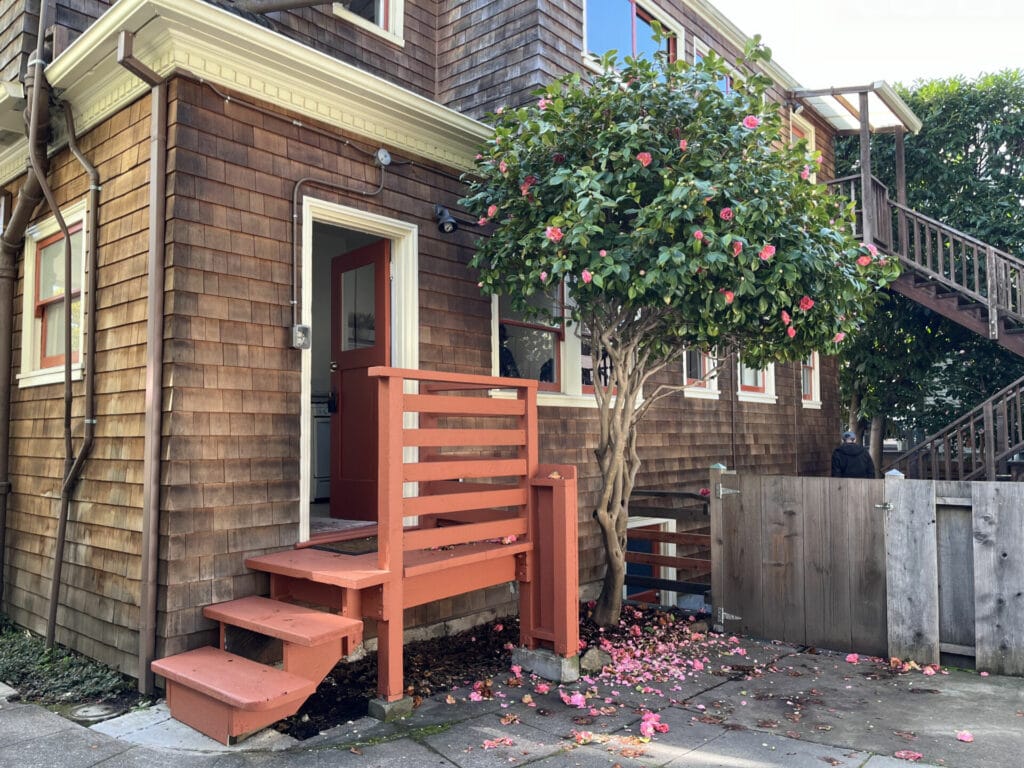
2. Planting too far apart.
Are you captivated by the mid-century modern look? Landscaping with modern minimalist design leaves a lot of open space between individual plants. In the wild, however, most plants don’t grow like that. Plants generally grow best when they are in close proximity to each other, as covering the soil prevents desiccation, promotes mycelial networks, and encourages healthy invertebrate life. Plants spaced far apart—even with mulch or gravel covering the ground—have to struggle more to make it on their own. Give your natives friends: know how large they will be when mature and space them appropriately near others, with vertical layers of ground cover, small perennials, larger shrubs, and trees.
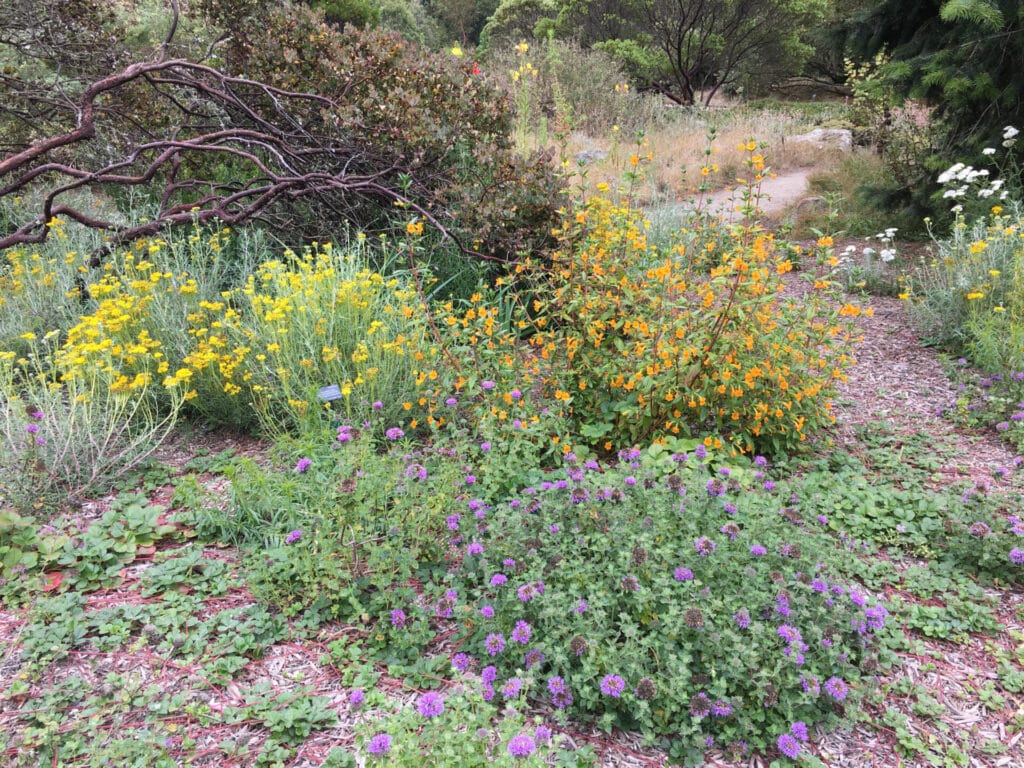
3. Focusing solely on flowers and fruit.
It’s exciting to pick plants based on their colorful parts—flower and fruit—that will attract birds, bees, and butterflies. However, there’s even more that you can do to help. Evergreen shrubs like Coyote Bush (Baccharis pilularus) or California Sagebrush (Artemisia californica) provide shelter and nest sites. Native woody plants with hollow stems, like Red Elderberry (Sambucus racemosa), provide important over-wintering habitat for native bees and other larvae, which will attract insectivorous birds like woodpeckers and Oak Titmice. Native grasses provide a plethora of seeds that will offer food into the summer and fall for finches and sparrows and nesting material in the spring.
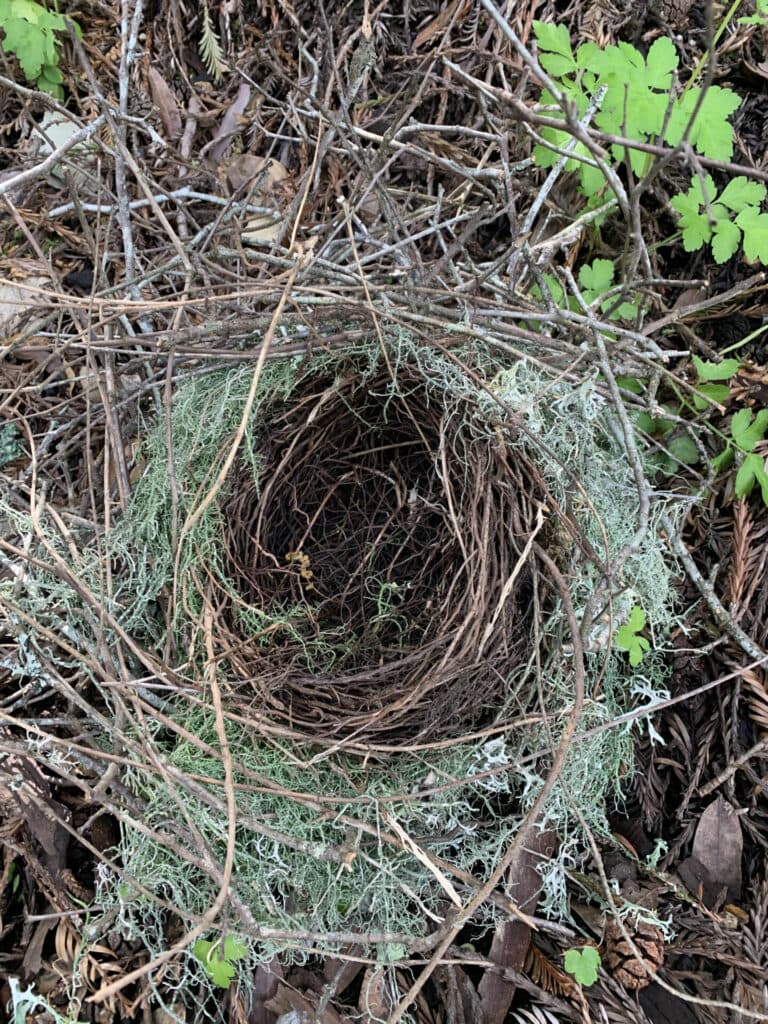
4. Mixing hydro-zones.
Each plant species has its own water requirements, and it’s best to group those with similar water requirements together to simplify your irrigation schedule. For example, riparian species like Dogwood (Cornus sericea), Snowberry (Symphoricarpus albus) and Mugwort (Artemisia douglasiana) grow near freshwater in the wild and will need regular irrigation unless you’re near a creek or stream. They differ significantly from coastal sandy plants like Goldenrod (Solidago spathulata), Seaside Daisy (Erigeron glaucus), or Coastal Buckwheat (Eriogonum sp.), which grow well in fast-draining soil and require no additional irrigation once established. Considering what kind of moisture your soil naturally holds (i.e. slow-draining soil like clay versus fast-draining soil like sand) will give your plants the best chance of success and also simplify your irrigation needs.

5. Only planting perennials.
A perennial plant lives for multiple years, while an annual plant lives only one year. Annual plants are not as common in native gardens because they require a little bit more work. Annuals, which are typically grown from seed, provide incredible food diversity for birds and bees. While it takes time each winter to spread native annual seeds in bare soil, you’ll be rewarded with beautiful blooms in the spring plus seeds (and seed-eating birds!) in the late summer and fall. After a few years of seeding, flowers should drop enough seed naturally to continue the bloom in subsequent years without you having to add any more. Native seed mixes from reputable local nurseries (like Larner’s Seeds in Bolinas) make it easy to order a diversity of annuals in a single packet. It’s easier than it seems!
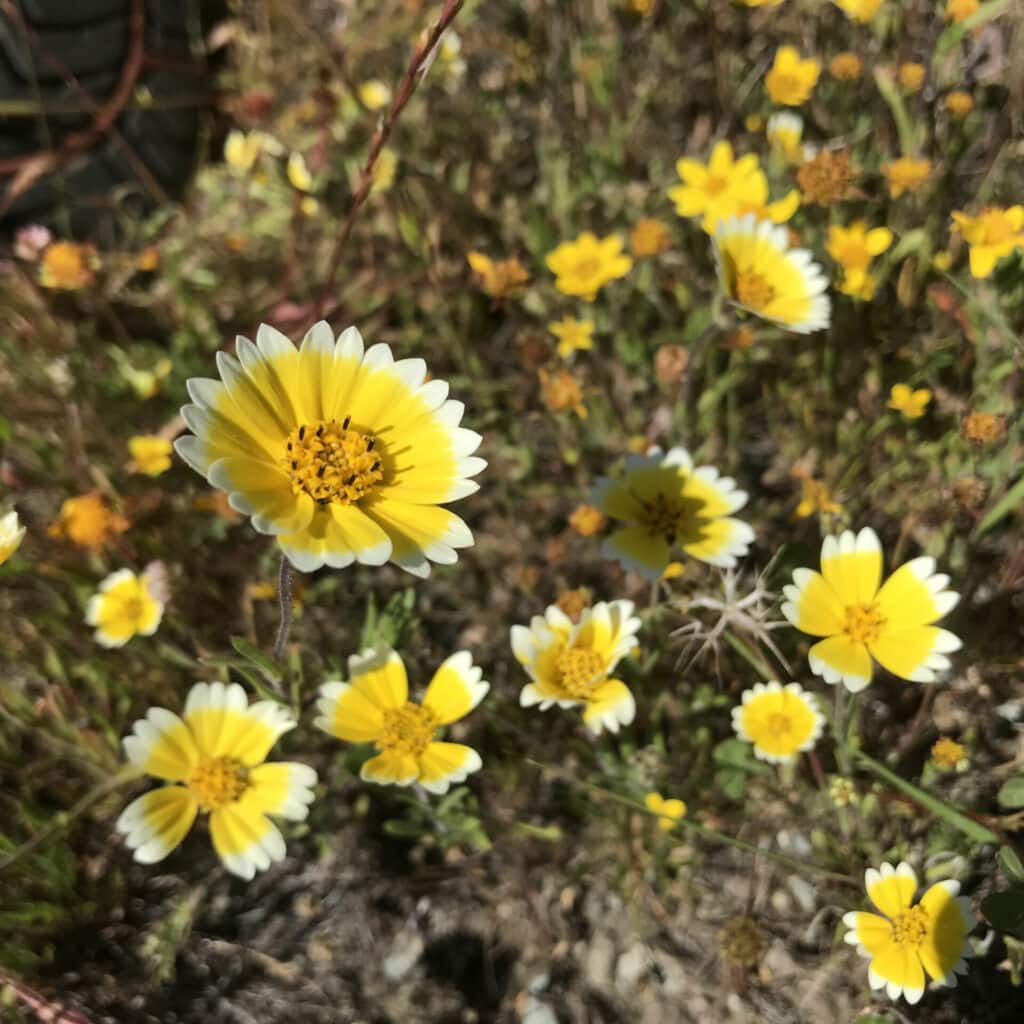
6. Waiting until spring to plant.
If you grew up in a colder climate, it may feel “natural” to wait until spring to do your planting. But here in the Bay Area, plants drop their seeds in the summer and fall and germination begins with the first winter rains. If we mimic that lifecycle, planting in the late fall and winter is ideal to take advantage of the rain. It’s free water! Planting soon after regular winter rains begin gives new plants the most time to develop a deep root system before the dry summer and fall come around. If you decide to start planting in spring or later, expect to water your plants once or twice a week for the first dry season until the winter rains begin again.
Native plant gardening is a rewarding example of “if you build it, they will come.” Birds and other pollinators will soon discover the food and habitat in your own backyard. Even if you make some mistakes along the way, nature is forgiving… and next season you can try again.
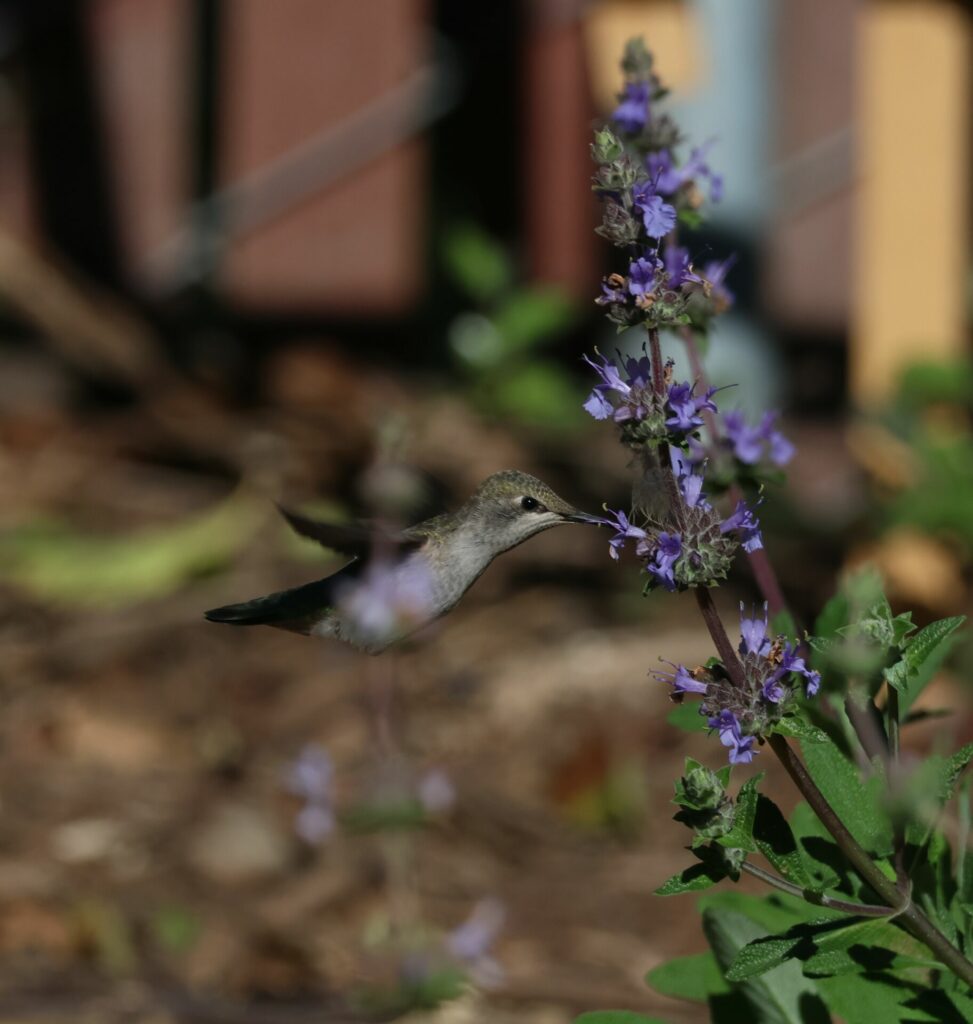
Amy Chong is a former board member of Golden Gate Bird Alliance, a restoration ecologist, and native landscape designer at The Nestled Garden. Your backyard can benefit from her expertise: Amy is offering a wildlife-friendly native landscape design package in our online Birdathon Auction, which runs from May 5 through 20, 2024. See more of her work at thenestledgarden.com.
